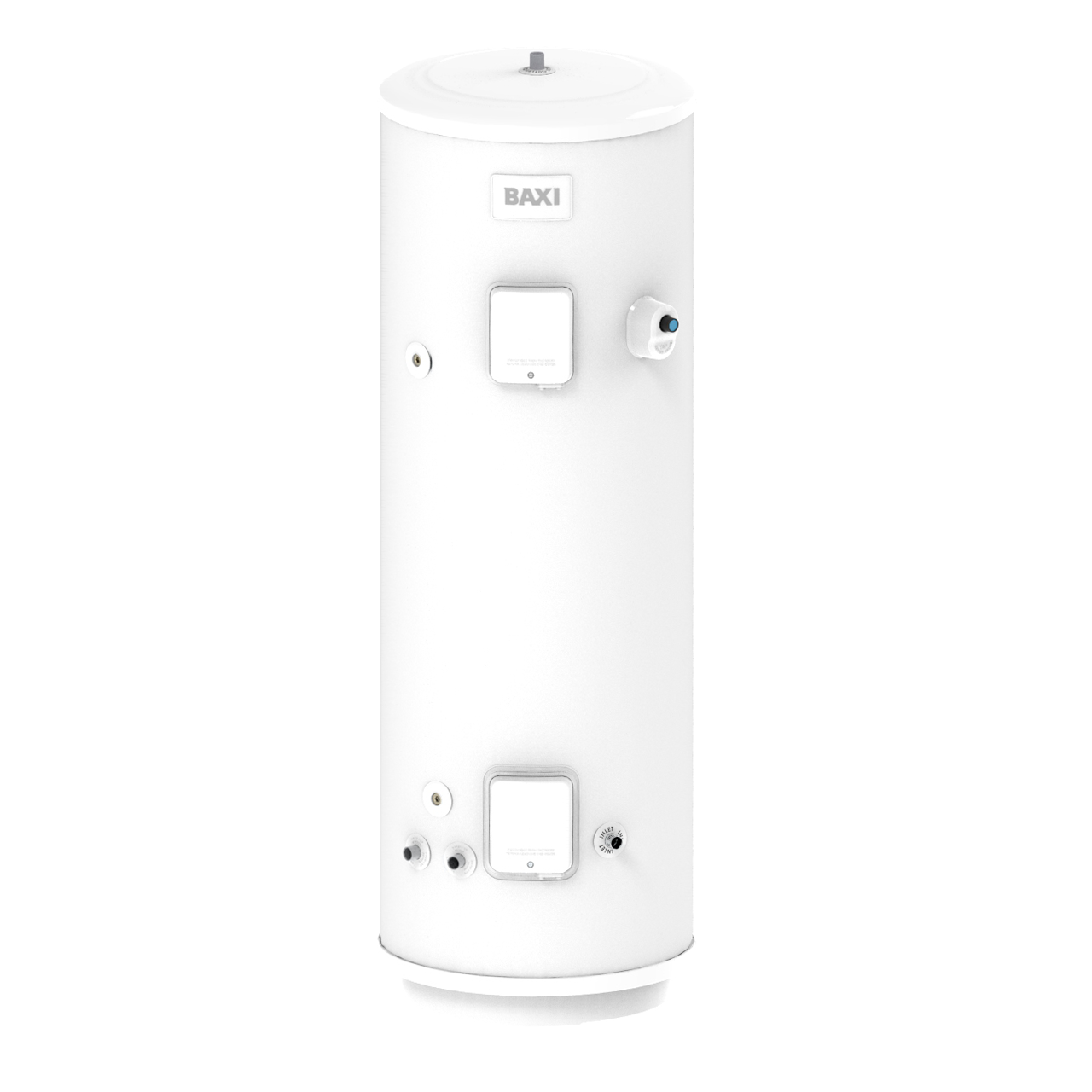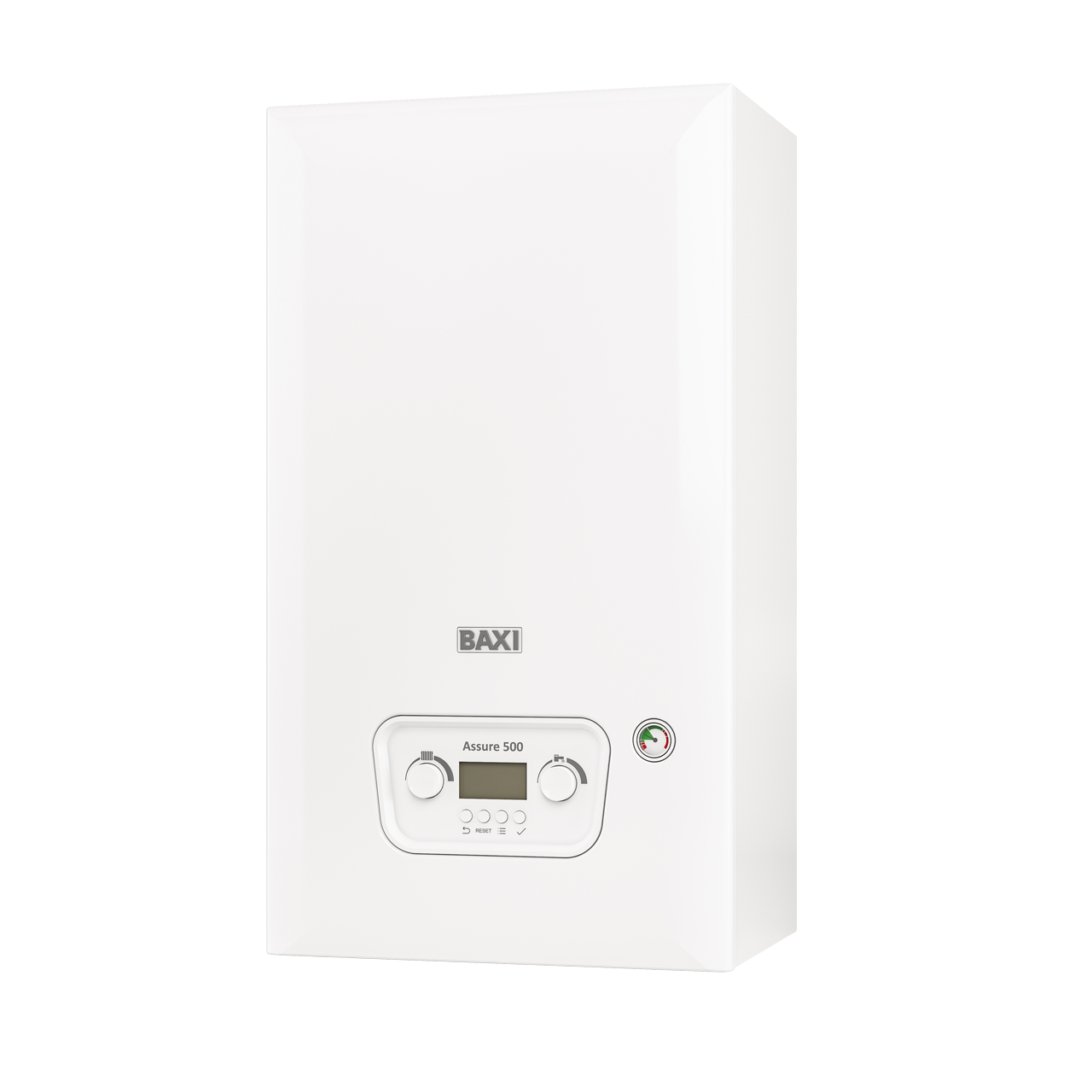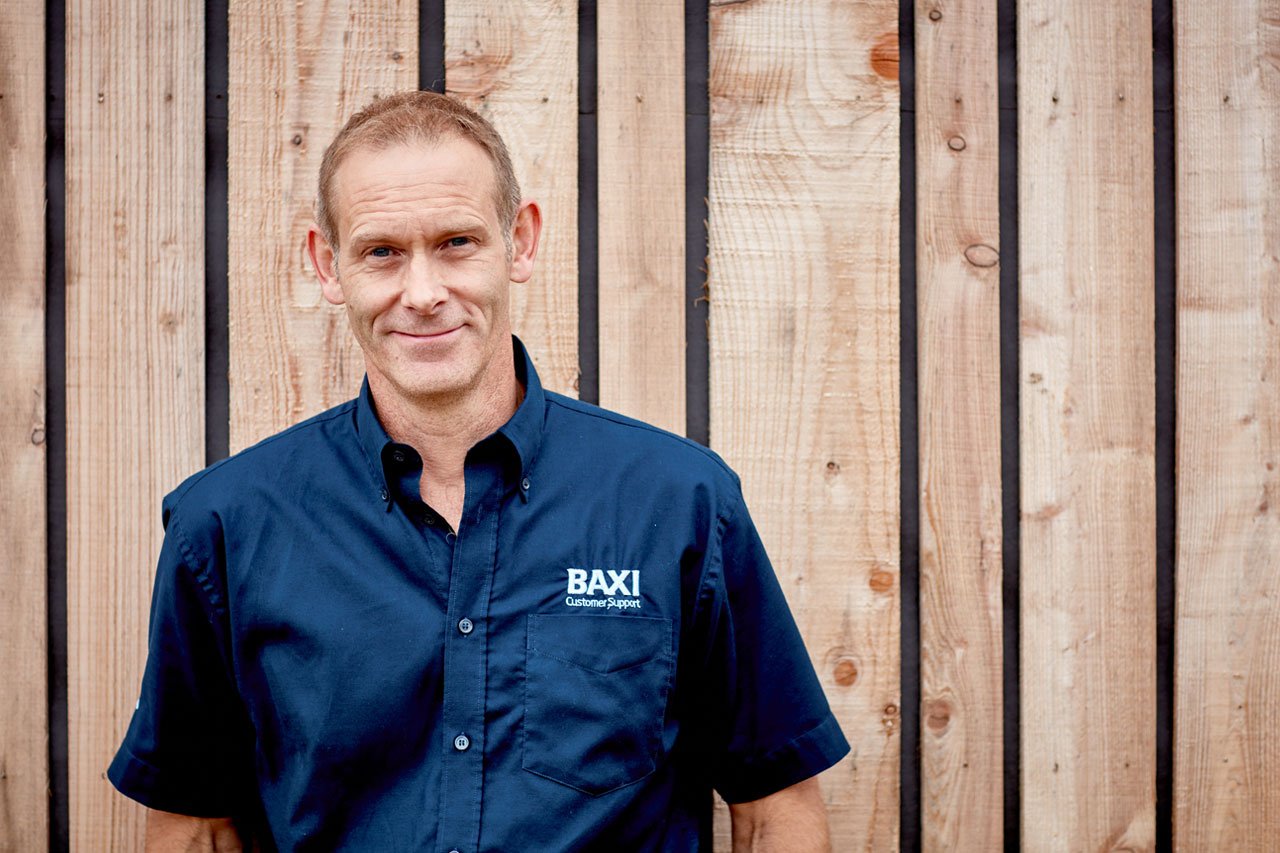
Air source heat pump Q&A
Will my customer’s heating be hot enough when using an air source heat pump?
When sizing a heat pump, you will need to carry out a full design heat loss calculation for the property. Most current designs for domestic systems are based on a potential 80-degree flow temp. Heat pumps are usually at a 50-55degree flow temp. A design allows for the correct sizing of the radiators/emitters and makes sure that even at lower temperatures, the emitters can still heat the home.
Are air source heat pumps noisy?
Most heat pumps will reach around 60-65Db. To give an idea how that sounds, 65Db is about the same as a group of people having conversations in a room together. That is generally the maximum noise output and heat pumps don’t run at full rate all the time. So, it would only run at this volume during periods of extreme cold and high demand. The rest of the time it will be quieter and, remember, the unit is installed outside.
Do radiators have to be bigger for air source heat pumps?
Correct radiator sizing is important in a heat pump installation. They have to be sized appropriately to heat the room to the required temperature. Most radiators in our homes today are sized for an 80-degree boiler flow temperature, so the size of most radiators would need to be increased to suit the lower flow temperatures of an ASHP. If your customer carries out improvements, such as insulation and thermally efficient windows and doors, to make sure the heat loss from the home is as low as possible, the change in size of the radiators can be kept to a minimum.
Do I have to be FGAS qualified to install an air source heat pump?
Refrigerant is circulated in the compressor of an ASHP. However, you do not need to be FGAS qualified to install ASHPs. You would only be required to be FGAS qualified to work on the refrigerant circuit of an ASHP. To install and service a Monobloc heat pump you need to have a knowledge of plumbing and heating and it is advisable to hold the industry approved NVQ level 3 in Heat Pump installation. From a maintenance perspective, a competent person could replace sensors, PCBs, hydraulic products, casings, and the fan. You would need FGAS to work on the refrigerant components.
Do I have to be an electrician to install an air source heat pump?
It is not necessary to be an electrician to install an ASHP. However, an electrician would be required to carry out any electrical work to provide power for the ASHP unit, due to the higher electrical current that is needed. Once the power supply has been delivered to the product, a competent engineer can run the rest of the cables from the heat pump to control switches, pumps and valves.
Do I have to be Gas Safe registered to install air source heat pumps?
You do not need to be Gas Safe registered to install ASHPs. A competent knowledge in plumbing and heating is all that is needed as a prerequisite for the NVQ level 3 Heat Pump Installation qualification. System design and quality is very important when installing heat pumps, so a good knowledge of hydraulics and pipe fitting is strongly recommended.
What do I need to consider when changing a boiler to an air source heat pump?
You can’t just replace a boiler with a heat pump and expect it to work properly. You need to start by carrying out a heat loss calculation for the property and advise the homeowner of any improvements that need to be made to insulation, windows and doors. This would improve the heat loss calculations and make it a more efficient to heat the home with a heat pump. If there isn’t already a hot water storage cylinder, you will need to install one, and if there is a cylinder in place, it may need changing, as a heat pump cylinder has a much larger coil inside to allow for better heat transfer and better reheat times.
Can an air source heat pump work alongside a boiler?
Yes. This is known as a Hybrid system and is becoming more and more popular. Essentially, the property would predominantly use the heat pump for heating and hot water and when commissioning the system, you would set up the controller so that the boiler would provide supplementary heating and hot water in certain conditions, such as:
- If the temperature outside drops too low
- If the heat pump cannot reach temperature within a time limit
- If the cylinder needs to carry out a legionella cycle
- If the heat pump fails
Why such a big push to install air source heat pumps now?
The government has set a legally binding target for the UK to be carbon neutral by 2050. Home heating is one of the biggest contributors to carbon emissions in the UK and this means the heating industry needs to do everything it can to reduce the use of fossil fuels over the next 30 years. Heat pumps and appliances that do not burn fossil fuels will have to be fitted at some point, so it’s better to get ahead of the curve.
It is quite expensive. What can customers do to reduce the cost of installation?
The cost of installing a heat pump can be more expensive than replacing a customer’s boiler like for like. But homeowners can reduce their carbon footprint and increase the value of their property. They need to consider:
- Insulation and replacement windows and doors
- Resizing of radiators/pipework
- Adding or replacing a cylinder
- Changing the boiler to a heat pump
These upgrades do not have to be done at the same time. Customers could do them in order, over a period of years. This would spread the cost and improve the home, energy bills and carbon footprint in the process. It’s also worth checking what government incentives are available to assist with the installation costs.
How much does it cost to run an air source heat pump?
If the sizing and installation of an ASHP is correct, in most circumstances it will cost the same as it currently does for the gas and electric used to heat a home (The bill will just be all electric). In some circumstances the cost could even be reduced, depending on how it’s used.
The best way to use heat pumps is to maintain the level of heat, rather than switching it on and off as you would with a boiler. Homeowners would have their heating on for longer periods (but at a lower temperature), adjusting the room temperature by only 1 or 2 degrees. They would need to time the hot water to come on for an hour before it is needed, then carry on during use and for a slight overrun.
It is important to explain that using a heat pump is very different to the way we currently use our gas boilers, but once they have adapted their routine, they can use their heat pumps very successfully and efficiently.
What is the Boiler Upgrade Scheme (BUS)?
The government boiler upgrade scheme was launched in April 2022. It will provide a boiler upgrade grant to help owners of domestic and small non-domestic properties in England or Wales with the upfront cost of installing low carbon heating systems, such as heat pumps. It will run from 2022 to 2025.
The scheme will provide:
- £5,000 off the cost and installation of an air source heat pump
- £5,000 off the cost and installation of a biomass boiler
- £6,000 off the cost and installation of a ground source heat pump
The grant will only cover biomass boilers in rural locations and in properties that are not connected to the gas grid.
How does BUS work?
You must be MCS certified for your customer to be eligible for the BUS grant. Your will need to apply for the grant on behalf of your customer and then take the value of the grant off the price they pay.
- Check your customer’s installation is eligible for the Boiler Upgrade Scheme on the government website and let them know.
- Provide a quote and agree a price for the installation.
- You, the installer, then applies for the grant.
- Ofgem will contact your customer to confirm that you are acting on their behalf.
- When the installation has been completed, you will take the amount of the grant off the price your customer pays.
Find out more on the government website.
Become a Baxi Heat Pump Installer
Develop the in-depth skills, knowledge and confidence through our practical hands-on training on our air source heat pump range, earning you points and rewards too.
Contact your ASM
If you are a merchant or installer, your local Baxi representative is here to help.
Our heat pump solutions

Baxi HP40 Monobloc Air Source Heat Pump
Our range of Baxi Air Source Heat Pumps are available individually or with our Baxi Air Source Heat Pump Cylinders to provide a complete solution that delivers reliability and energy-efficient performance.

Baxi ASHP Cylinder
The Baxi Air Source Heat Pump Cylinder has been specially designed and manufactured in the UK by Baxi and Heatrae Sadia experts.




